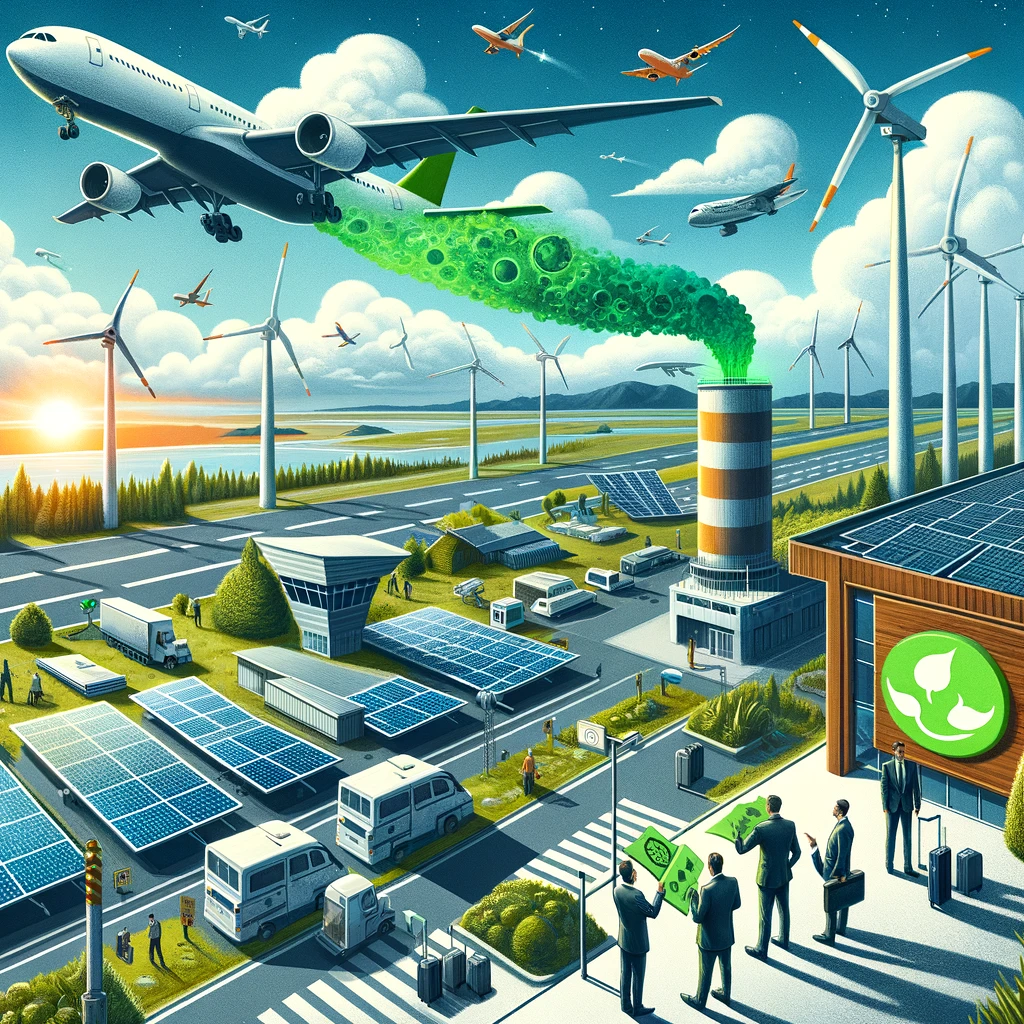As the world confronts climate change, the aviation industry is under growing pressure to reduce its environmental footprint. From carbon emissions to noise pollution, every aspect of flight is being re-evaluated. We explore the impact of environmental regulations in aviation, how they are enforced, and the role they play in shaping a greener future for air travel.
✈️ The Aviation Industry’s Environmental Footprint
Aviation accounts for approximately 2.5% of global CO₂ emissions – a share that’s expected to grow with rising air traffic. Its impact is not limited to the skies. Aircraft also contribute to:
- Noise pollution near airports
- Nitrogen oxide (NOx) emissions, which degrade local air quality
- Contrails and non-CO₂ effects, which may amplify warming
This growing impact has triggered a wave of national and international regulation.
📜 Key Environmental Regulations in Aviation
🛢️ 1. Carbon Emissions & Climate Control
CORSIA (Carbon Offsetting and Reduction Scheme for International Aviation): A global ICAO program aimed at stabilizing CO₂ emissions by requiring airlines to purchase carbon offsets for emissions above 2020 levels.
EU Emissions Trading System (EU ETS): Airlines operating within the European Economic Area must purchase allowances for CO₂ emissions, encouraging investment in cleaner aircraft and operations.
🔇 2. Noise and Local Air Quality Rules
Noise abatement procedures: Airports impose flight path and curfew restrictions to minimize noise exposure in surrounding communities.
Local air quality regulations: Focus on reducing NOx and particulate emissions from ground operations and aircraft taxiing.
🧭 Who Regulates Environmental Standards in Aviation?
✈️ International Civil Aviation Organization (ICAO)
ICAO sets the global baseline through its Annex 16 (Environmental Protection), which includes standards for:
- Aircraft noise
- Engine emissions
- Carbon offsetting mechanisms
🇺🇸🇪🇺 National Regulatory Authorities
- FAA (United States): Enforces standards on aircraft certification, noise levels, and airport environmental reviews.
- EASA (European Union): Implements ICAO standards and develops additional EU-specific rules for sustainable aviation.
⚙️ How Environmental Laws Are Transforming the Aviation Industry
🔬 1. Innovation Through Regulation
Tighter rules push manufacturers and operators toward cutting-edge solutions:
- Next-gen fuel-efficient aircraft (e.g., Boeing 787, Airbus A350)
- Lightweight composite materials
- Hybrid-electric and hydrogen-powered prototypes
- Sustainable Aviation Fuels (SAFs)
🛫 2. Operational Reforms
- Optimized flight paths to reduce fuel burn
- Continuous descent approaches to minimize noise
- Green airport initiatives like electric ground vehicles and solar-powered terminals
💰 3. Economic Effects
While some costs are passed to consumers, many airlines realize long-term benefits through:
- Fuel savings
- Access to green financing
- Enhanced brand image and ESG compliance
⚖️ Legal Challenges and Controversies
🏗️ 1. Feasibility vs. Mandates
New technologies like SAFs and electric aircraft are promising but face infrastructure, cost, and scalability issues.
🌐 2. Global Regulatory Fragmentation
Uneven adoption of rules across countries leads to legal uncertainty for international carriers.
⚖️ 3. Economic Tension
- Airlines and airports argue that overly strict rules could stifle growth, especially in developing markets.
- Environmental groups often criticize industry efforts as too slow or inadequate.
🚀 Looking Ahead: The Future of Environmental Regulations in Aviation
- More aggressive CO₂ caps and net-zero targets (many set for 2050)
- Stronger noise and emissions rules near airports
- Adoption of hydrogen, electric, and hybrid propulsion
- Expansion of CORSIA and other global mechanisms
What’s clear: Environmental compliance will become central to aviation law and business strategy.
✅ In Summary
Environmental regulations are no longer peripheral to aviation – they’re central to how the industry designs aircraft, operates fleets, and plans future growth.
- 🌱 They drive innovation in design, fuels, and operations.
- 🛡️ They protect communities from noise and air pollution.
- 📈 They create new markets and legal frameworks that define the future of sustainable flight.
The skies are going green – and the law is making sure they stay that way.

